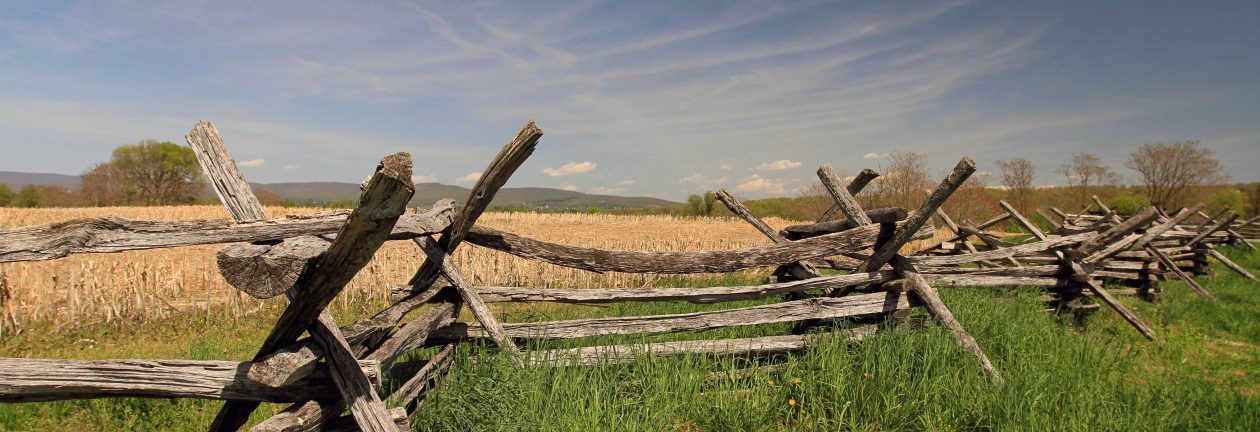Bucharest, Romania
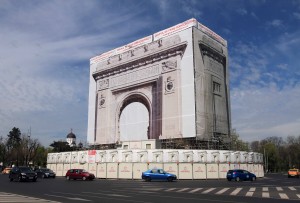
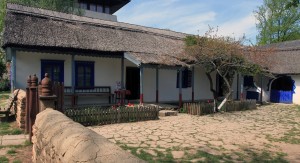
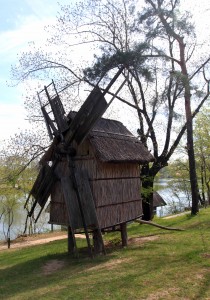
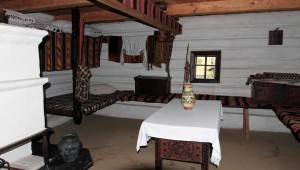
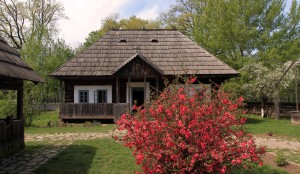
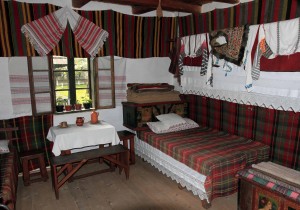
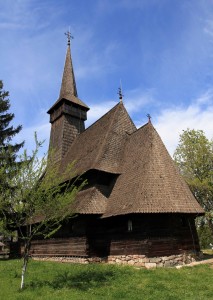
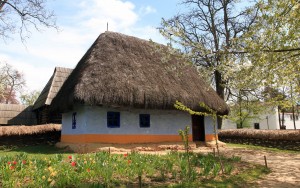
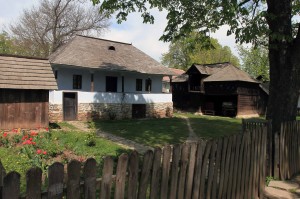
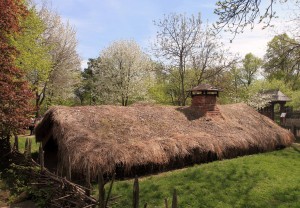
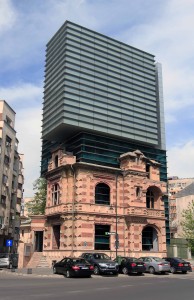
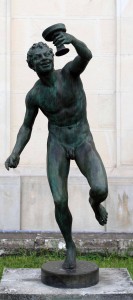
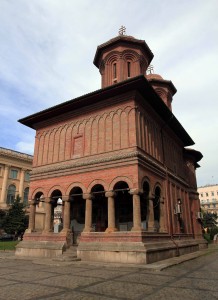
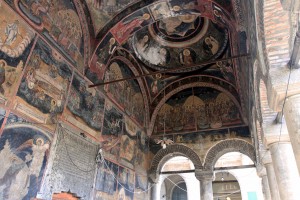
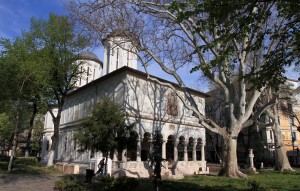
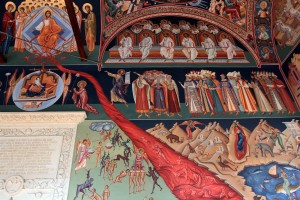
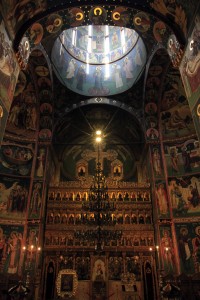
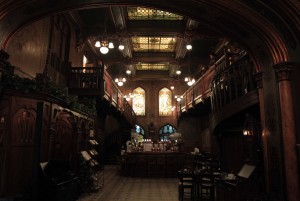
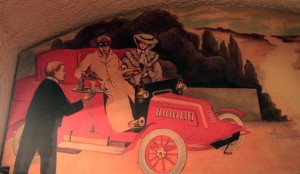
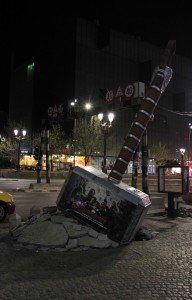

After sleeping for roughly sixteen hours (it felt spectacular), I woke up and rose out of bed at 10:00. I then showered, dressed, and got ready to see as much of Bucharest as I could today. I exited the hostel and walked to the nearby metro station (Piata Unirii), where I bought a day-pass and took the metro train north to Aviatorilor Station. Once at Aviatorilor, I exited the station and walked west to the Arcul de Triumf – Bucharest’s own triumphal arch, which was built in 1936 AD, on the site of two previous, temporary arches. Unfortunately, when I reached the triumphal arch, I could see that it was entirely covered in scaffolding with a giant cloak draped over the restoration work being done to it (so much for seeing that tourist site). I then walked north to the Dimitrie Gusti National Village Museum, which is an outdoor museum made up of historic structures (houses, windmills, watermills, churches, etc.) that date from the eighteenth- to the early-nineteenth-centuries AD and have been taken from all over Romania and displayed in this one park – basically, it’s just like the outdoor folk architecture museums I visited in Kiev and Lviv; however, this one is more condensed and right next to a highway in the city of Bucharest. I walked around the Dimitrie Gusti National Village Museum and visited all the historic dwellings (my favorites are the two half-buried homes). After visiting the museum, I returned to the metro station and traveled south to the next station (Piata Victoriei). Then, I exited the metro station and walked to the National Museum of the Romanian Peasant. This museum has a large collection of textiles, costumes, icons, wooden crosses, ceramics, and tools used in rural, peasant life (there was even an old house (Ceauru village in Gorj County) and a large windmill installed on the second floor. During the communist era, the building housed a museum that represented the Communist party; after 1990 AD, the museum was restored to represent the Romanian peasant; however, in the basement, there are still many Soviet-era relics on display (mostly representations of Lenin and Stalin). Unfortunately, the price to take photographs in this museum was 60 leu (roughly $15 USD), which I could not permit myself to pay (if the price was 20 leu, I would’ve paid and I’m willing to bet the museum would then make more money; oh well, not everyone has business sense). After touring the National Museum of the Romanian Peasant, I returned to the metro station and traveled south two stations, to Universitate Station. I exited the station and walked northward to the National Museum of Art of Romania. I entered inside the museum, paid for the entrance ticket (but not the photography ticket, which cost 100 leu – idiots) and then toured the galleries. The first galleries housed Romanian medieval religious art and some treasures on the second floor. The next two floors had Romanian paintings and sculptures mostly from the nineteenth- and twentieth-centuries AD; some were well done and I enjoyed one painting depicting two soldiers on horseback, pursuing a spy that was also on horseback and shooting at the nearest soldier. After touring the art museum, I walked south to a nearby church, Kretzulescu Church, an Eastern Orthodox Church which dates from the eighteenth-century AD. Next, I continued south, passing a woman along the way that begged me to pay for an erotic massage from her, to a Russian Orthodox Church, St. Nicholas Church, which had its entire outside covered in scaffolding, but I was still able to enter inside and enjoy the frescoes covering its interior walls. After that church, I walked to New St. George’s Church, an eighteenth-century AD that also had its interior walls covered in frescoes (I like these Eastern Christian churches for covering their walls in art). After visiting that church, I walked back to the old town of Bucharest and paid a visit to Stavropoleos Church, which was open now (unlike yesterday). After seeing the interior of this church, I walked to the market near the hostel and bought some juice, water, iced tea, and wine. I then returned to the hostel and typed out some journal entries. After 21:00, I went out to eat dinner. I decided on a Tex-Mex restaurant for nostalgic purposes, but was disappointed in the quality of food (it’s hard to beat El Paso Tex-Mex; also, when a restaurant uses Doritos in their nachos, it is an instant failure); I ended up having a beef enchilada, chicken “nachos,” and a Dutch beer named “Desperados” that is designed to look and taste like Mexican beer. After dinner, I walked back to the hostel and continued to catch up on untyped journal entries. After 23:00, I talked with a Latvian woman staying in the dorm room, as well as with the other American (with Cuban ancestry and who is a yoga/meditation instructor). Near midnight, I had a glass of the Romanian semi-sweet red wine (crafted from Cabernet Sauvignon and Pinot Noir grapes) before I joined the American guy and a French woman (whom is also staying in the dorm room) for a walk around the old town of Bucharest. We first walked to a very nice restaurant named “Caru’ cu bere!” This restaurant has a very fancy, past century look to it; we explored the entire interior before leaving to wander around some more. Back outside, we passed by some clubs, crowded pubs, and a number of people trying to get us in to their massage parlors. Finally, after 01:00, the other American bought a late night snack at a kebab restaurant and we then returned back to the hostel. Once back at the hostel, I got back to work typing out journal entries and updating the website. I also drank the remainder of the Romanian semi-sweet red wine, which tasted of raspberries and cherries (it also wasn’t very good, sad to say). I stayed up past 03:00, catching up on the journal entries and finally updating the website before going to sleep.
